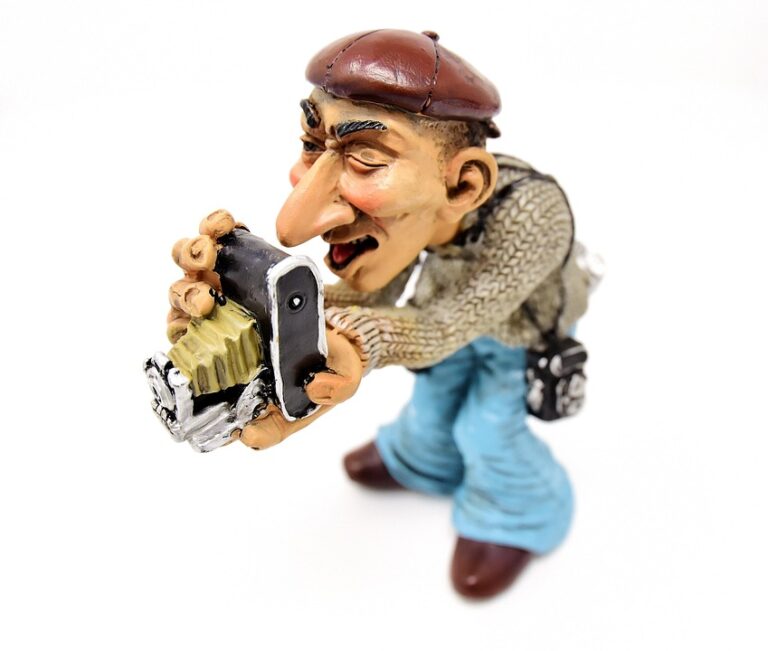Famous Faces: The Psychology Behind the Paparazzi Craze
The glamorous lives of celebrities have long captivated the public’s imagination, creating a unique intersection between fame, obsession, and the pursuit of an intimate glimpse into their lives. This fascination has given rise to the relentless world of paparazzi shots – images taken by photographers stalking stars in their everyday moments. But what drives this incessant need for celebrity snapshots, and how does it impact both the public and the stars? In this article, we delve into the psychology behind the paparazzi craze and its repercussions on famous faces.
The Allure of Celebrity: Why We Can’t Look Away
The connection between the public and celebrities is multifaceted. From a psychological perspective, several factors explain our obsession with famous figures:
-
Parasocial Relationships: Fans often feel a one-sided intimacy with celebrities, forming attachment bonds despite the celebrities being unaware of their existence. This emotional investment can lead to a fervent desire to know more, driving the market for paparazzi shots.
- Escapism: For many, following the lives of celebrities offers an escape from reality. Stars embody glamor and success, providing a backdrop against which fans can project their hopes and dreams.
According to a 2022 survey by the American Psychological Association, over 67% of respondents reported feeling happier when they consume media related to their favorite celebrities, highlighting a significant psychological impact.
The Business of Paparazzi: An Industry Thriving on Demand
Paparazzi have evolved from rogue photographers into a substantial segment of the entertainment economy. The demand for exclusive paparazzi shots has exploded, particularly with social media platforms offering instant access to celebrity lives. Here are some crucial industry insights:
-
Market Size: The global market for paparazzi shots was valued at approximately $4.5 billion in 2023, reflecting a growing appetite among media outlets, advertising agencies, and fans for exclusive content.
- Social Media Impact: Research indicates that more than 50% of celebrity-related content on social media consists of paparazzi shots. This showcases the straightforward appeal and often the demand for such images.
This booming industry, however, is not free from ethical dilemmas and consequences for the celebrities involved.
The Psychological Toll on Celebrities
While glamorous, the lives of celebrities come at a cost. The relentless pursuit of paparazzi shots can lead to significant psychological stress:
-
Privacy Invasion: Constant exposure to cameras can feel suffocating. Celebrities routinely express their discomfort with the invasion of their personal lives—many report anxiety and distrust due to feeling they can never truly escape the spotlight.
- Mental Health Struggles: A study published in the Journal of Media Psychology revealed that over 60% of celebrities reported issues related to anxiety and depression, attributing these struggles to the pressure of public scrutiny and constant media attention.
Example: Princess Diana
A poignant example is the late Princess Diana, whose tragic encounter with paparazzi serves as a grim reminder of the dangers tied to celebrity obsession. Her struggle with intense media scrutiny and the devastating consequences of a high-speed chase involving photographers exemplified the profound implications of the paparazzi craze.
Who’s to Blame? Celebrities vs. Media vs. Fans
To understand the paparazzi phenomenon, we must consider the roles played by various stakeholders:
-
Celebrities: While some stars actively court media attention, others vehemently resist it. The divergent strategies highlight the complexity of celebrity culture and the varied responses to public fascination.
-
Media Outlets: The insatiable demand for paparazzi shots perpetuated by media outlets creates a cycle that encourages more invasive practices. They thrive on sensationalism, often prioritizing profits over ethics.
- Fans: The audience also shares responsibility for the paparazzi frenzy. Their insatiable appetite for more content continues to fuel this industry, blurring the lines between healthy fandom and invasive obsession.
Responsible Consumption of Celeb Culture
As consumers of celebrity culture, it’s crucial to navigate the obsession with paparazzi shots mindfully. Here are a few actions to consider:
-
Support Ethical Journalism: Choose media outlets that prioritize ethical practices over sensationalism.
- Value Privacy: Remember that celebrities are people with emotions, rights, and issues just like anyone else. Acknowledging this can lead to more compassionate fandom.
Conclusion: Understanding the Dual Edge of Fame
The fascination with celebrity culture and the relentless pursuit of paparazzi shots stems from deep psychological motivations, mutual responsibilities, and significant consequences. By understanding the underlying dynamics, we can cultivate a more respectful engagement with the lives of these famous faces while acknowledging their humanity.
For more insights on celebrity culture, take a look at The Hidden Struggles of Fame: Celebrity Mental Health and The Impact of Social Media on Modern Stars.
For further reading, you may find these external resources enlightening: American Psychological Association and Journal of Media Psychology.
Suggested Images
-
Image of Paparazzi in Action
Alt Text: Paparazzi shots capturing celebrities in their daily lives.
- Image of a Celebrity Being Followed by Photographers
Alt Text: A celebrity trying to avoid paparazzi shots while out in public.


